When we talk about value, one region of the world always comes to mind; Germany. German-made watches continually offer incredible build quality, remarkable tech and even in-house movements all at fair prices. Not cheap, but fair. The brands, which are typically not available at retail, usually command prices that take a commitment, but for watches that deliver far beyond what their Swiss counterparts would. From Archimede to Sinn, Damasko to Nomos, Stowa to Junghans, there isn’t a brand that manufactures in Germany that has disappointed us. Today, we are going to take a look at a brand that is new to worn&wound, but has been in existence for over 100 years, Hanhart.
Founded by Willy Hanhart in 1882, the brand was originally based in Switzerland and then moved to Germany. In 1924 Hanhart created the first affordable mechanical stopwatch for use in track and field. In fact, they to this day, produce many varieties of mechanical stopwatches, including split-seconds and flybacks. In 1938 they released their first chronograph wristwatch with a mono-pusher movement called the “Caliber 40”. This watch and similar models that followed became widely used by the Luftwaffe in WWII and then were officially issued by the West German Airforce in the 1950’s. One small claim to fame is that Steve McQueen was a fan of the brand and wore a model called the 417.
Now based in Gutenbach, Germany, which is in the Black Forest region, Hanhart is continuing to create very impressive chronographs and stop watches. With lines that are based on their historical models as well as new designs, they are doing things with chronographs that few brands are, such as mono-pushers, stacked sub-dials, sub-dials that are pushed farther out from the center, flybacks and a mix of all those various things. Featuring Swiss movements based on ETA platforms developed with La Joux Perret, a high end complication manufacturer, and German made cases, these small batch watches represent a value you wont find elsewhere.
Today, we’re going to take a look at the Hanhart Pioneer Monocontrol. This mono-pusher chronograph is based on their watches from the 30’s and 40’s, but takes things in a slightly different and perhaps more modern direction. It’s a luxury watch if I’ve ever felt one, with exceptional build and detailing, yet a price tag of $2,490. That’s not to say that is inexpensive, hardly, but for what you are getting, it’s a value and a fair price. The watch features a sapphire crystal, 100m WR and an automatic chronograph movement you wont find elsewhere, so let’s take a closer look.









 Featured Videos
Featured Videos




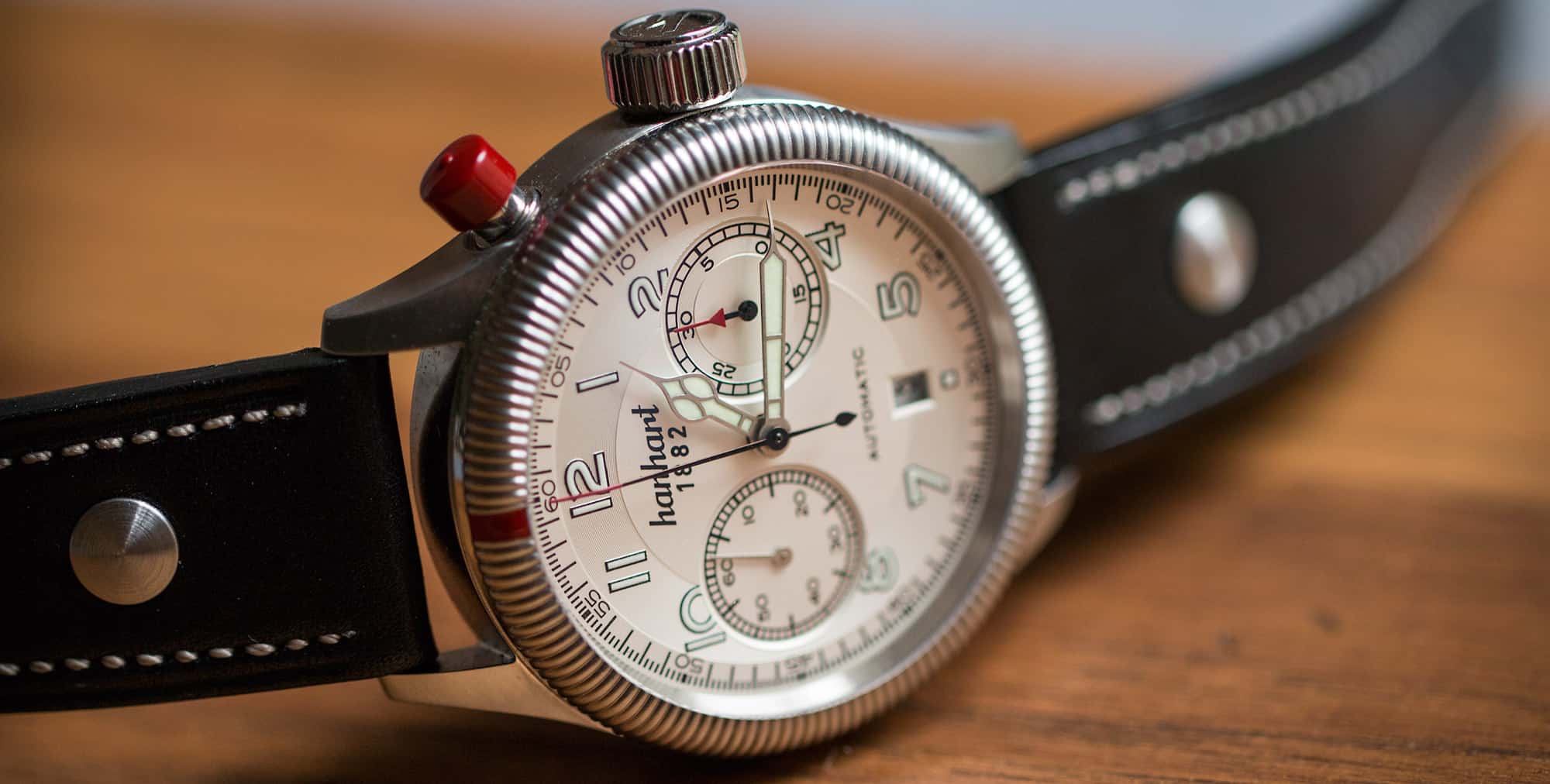


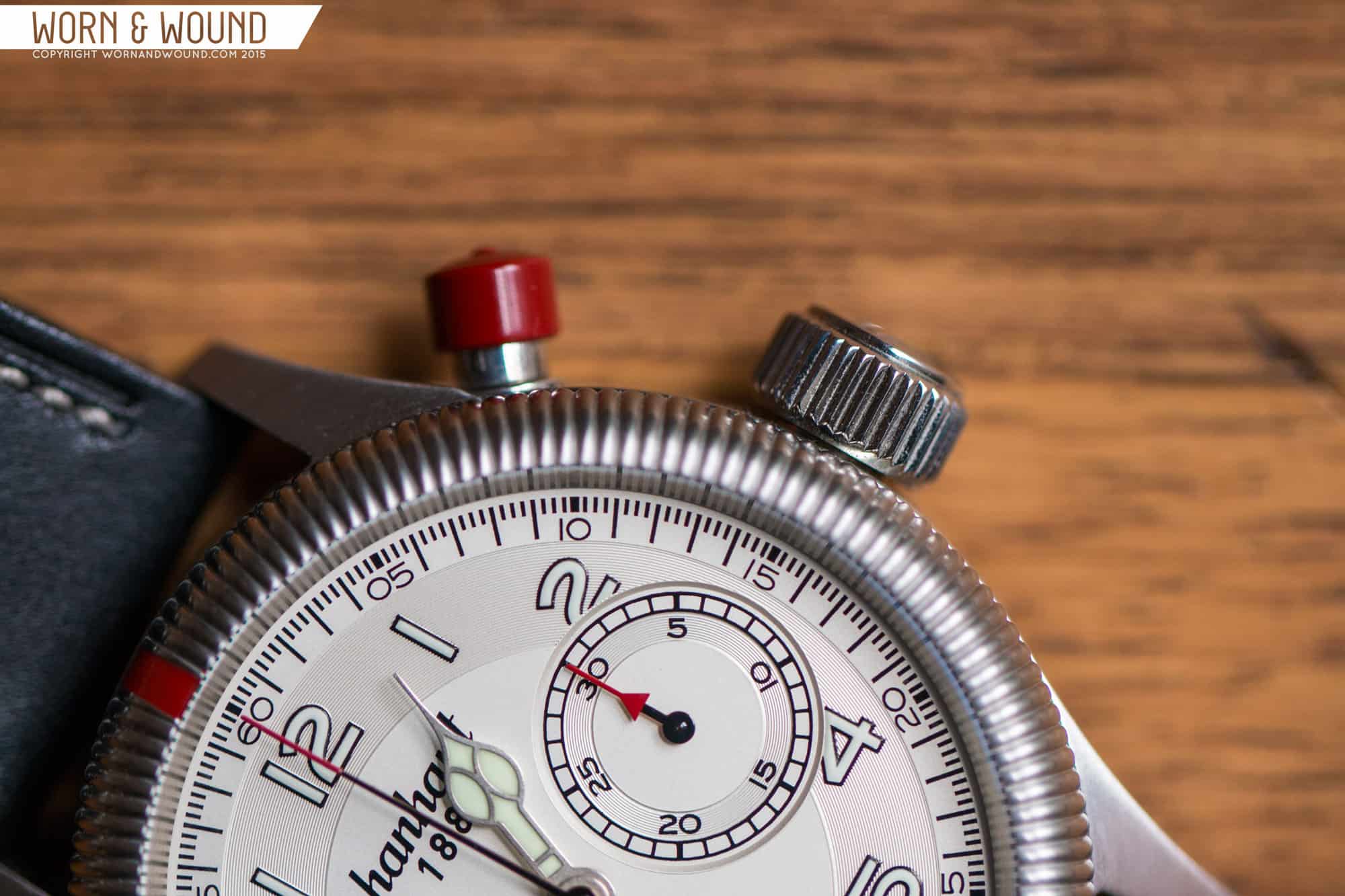
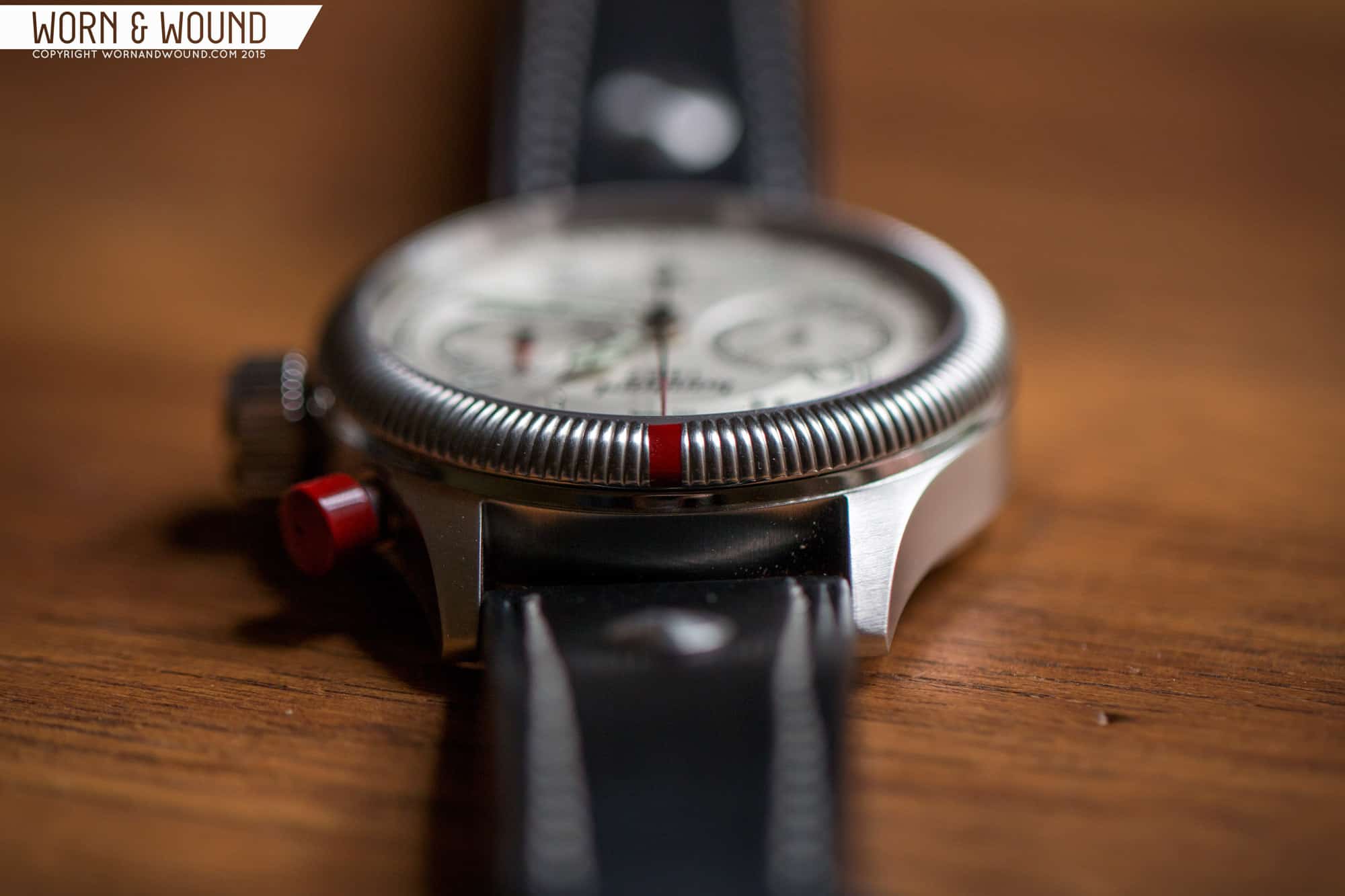
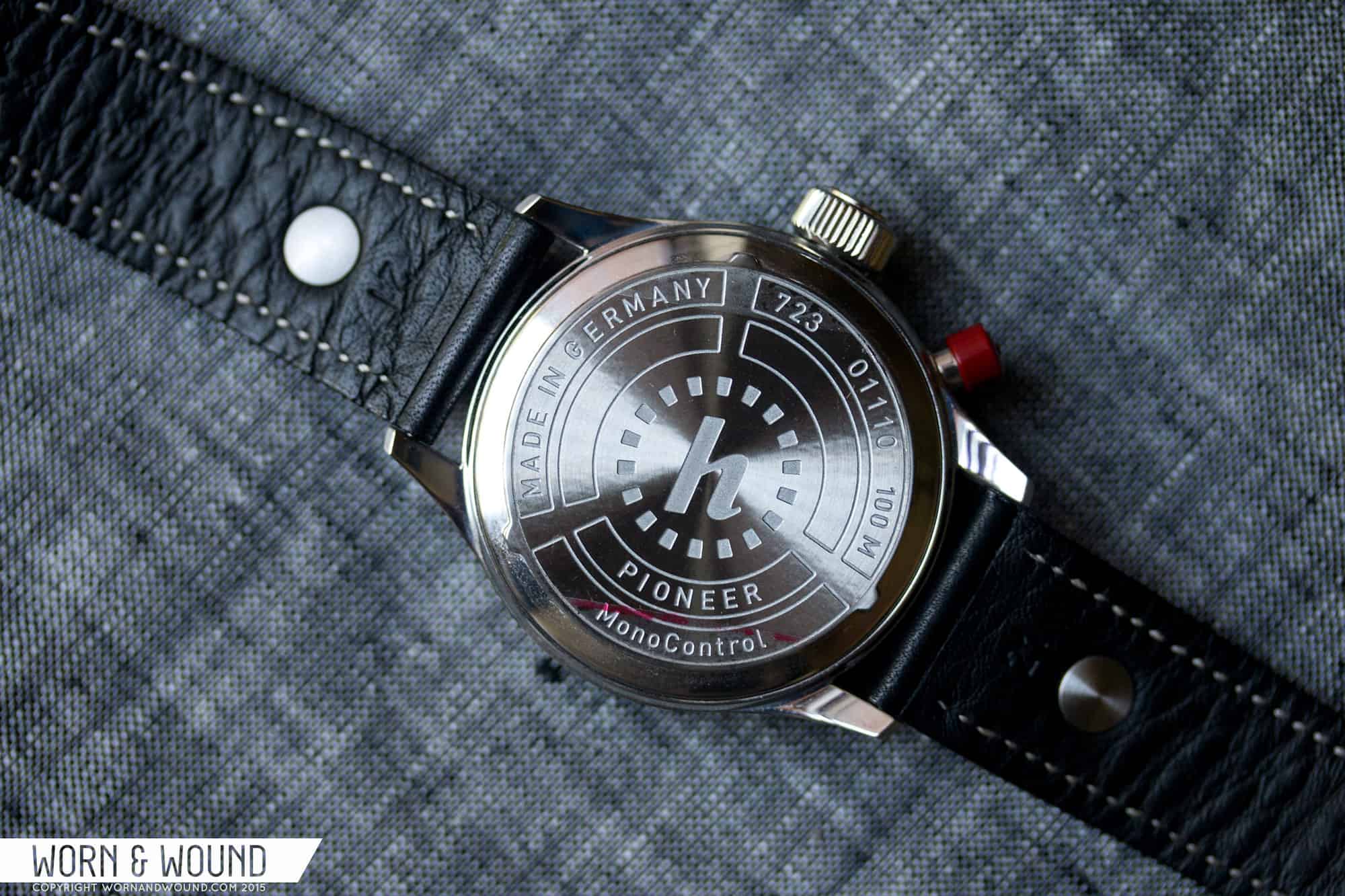
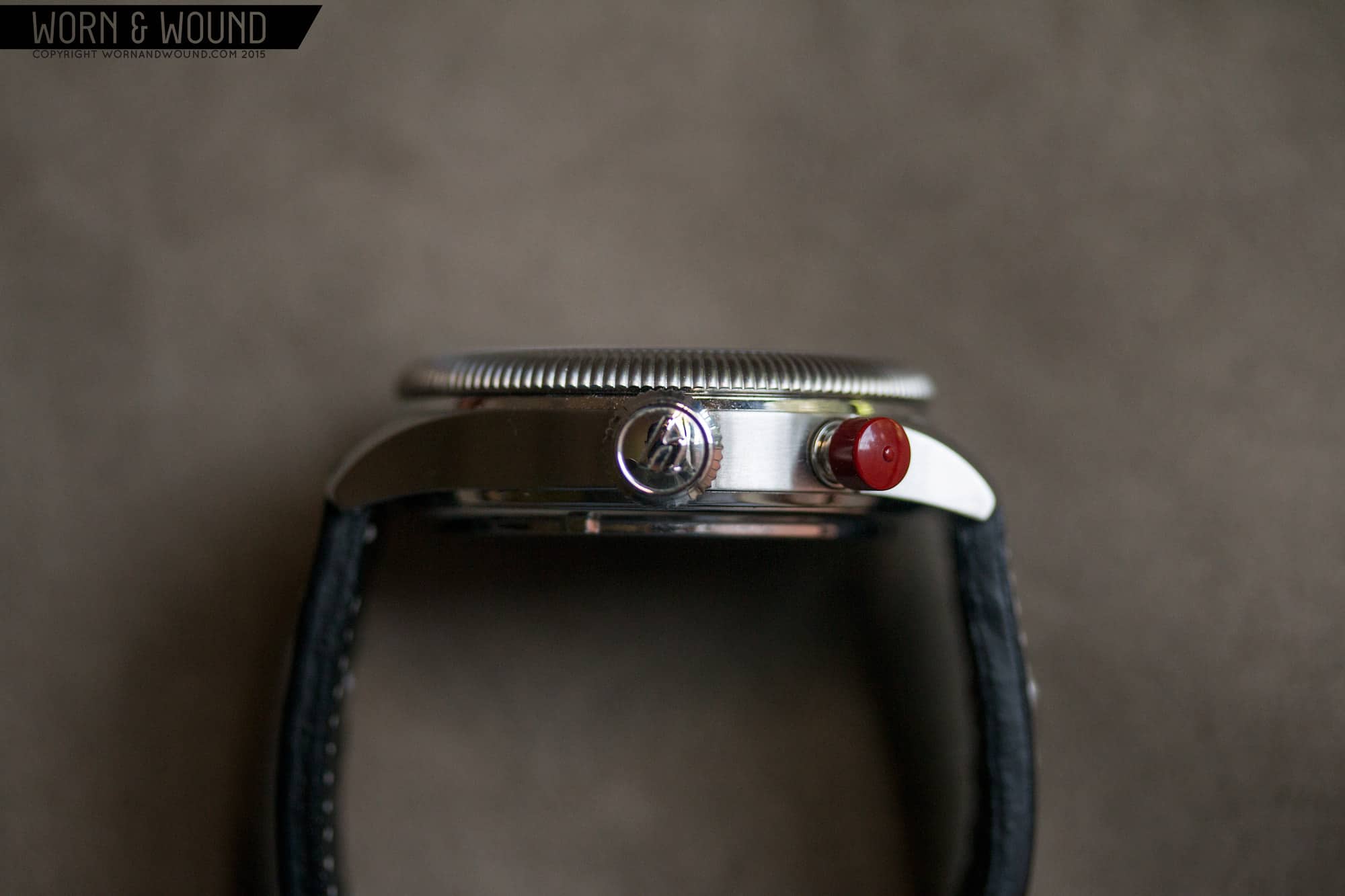
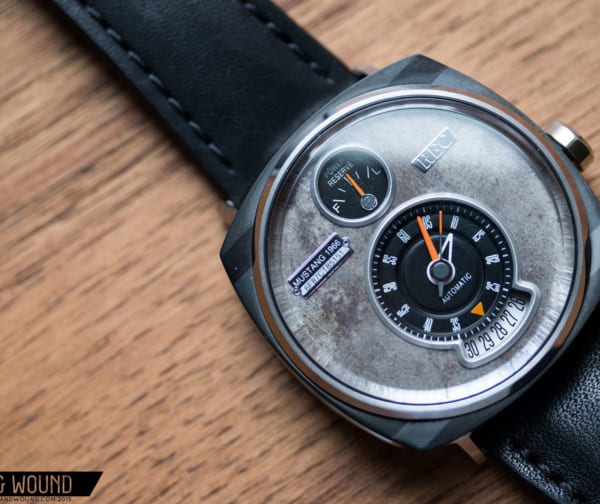
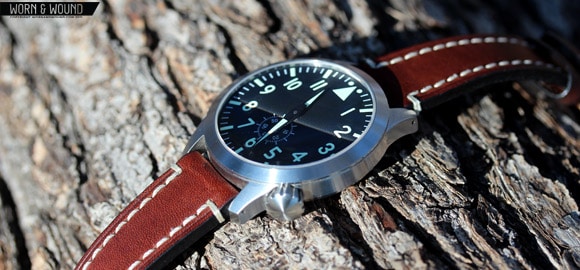


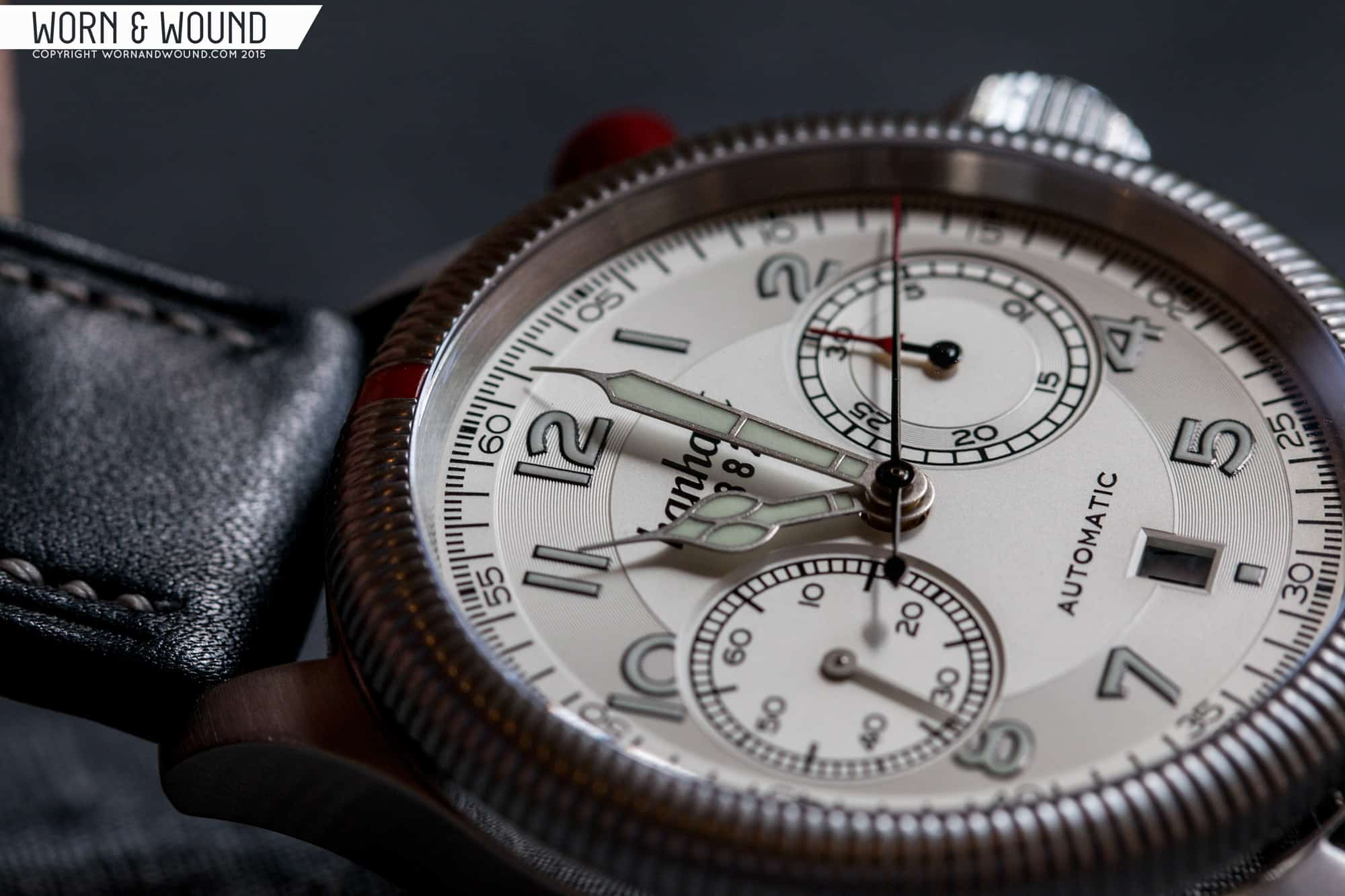

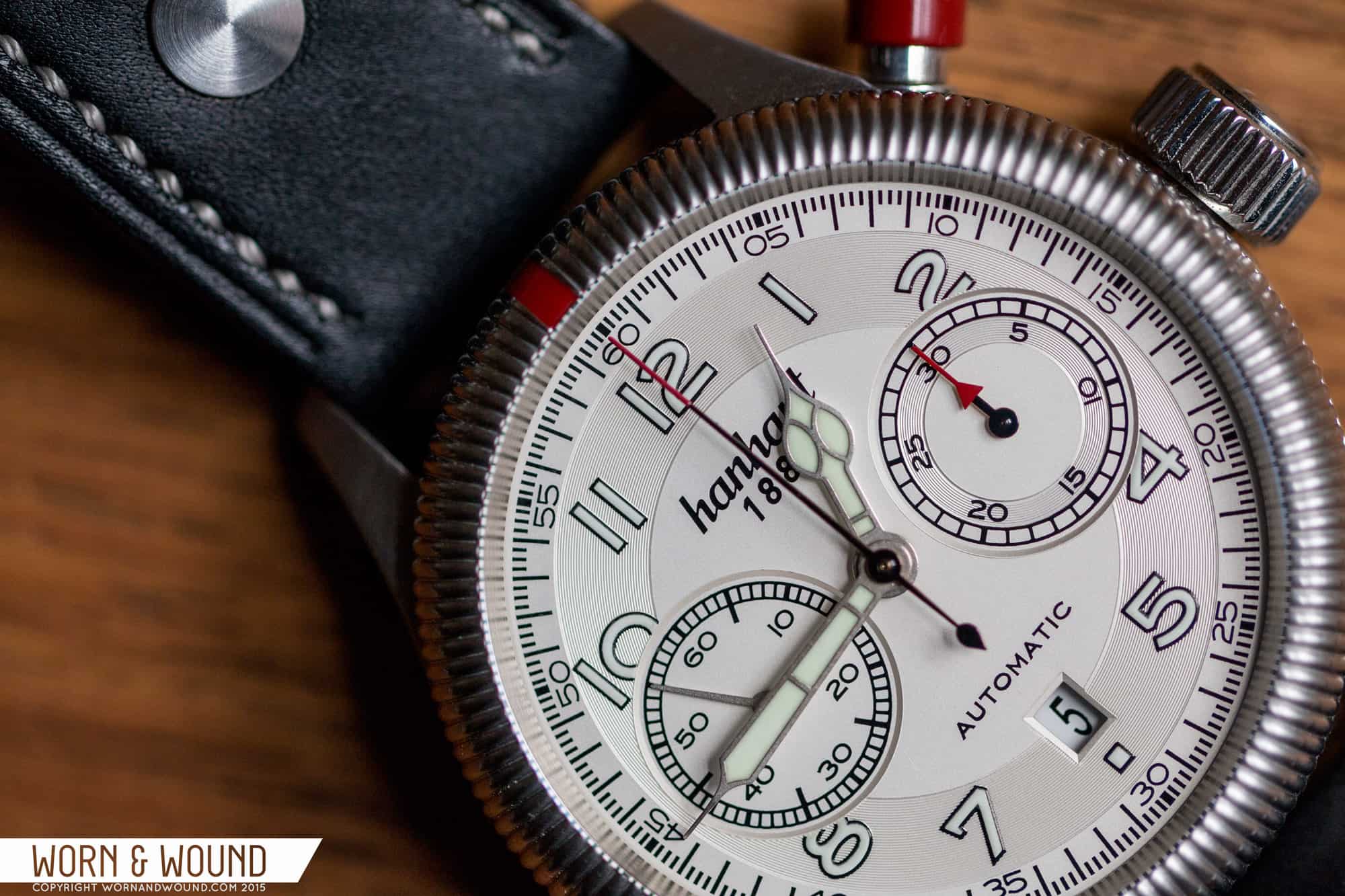
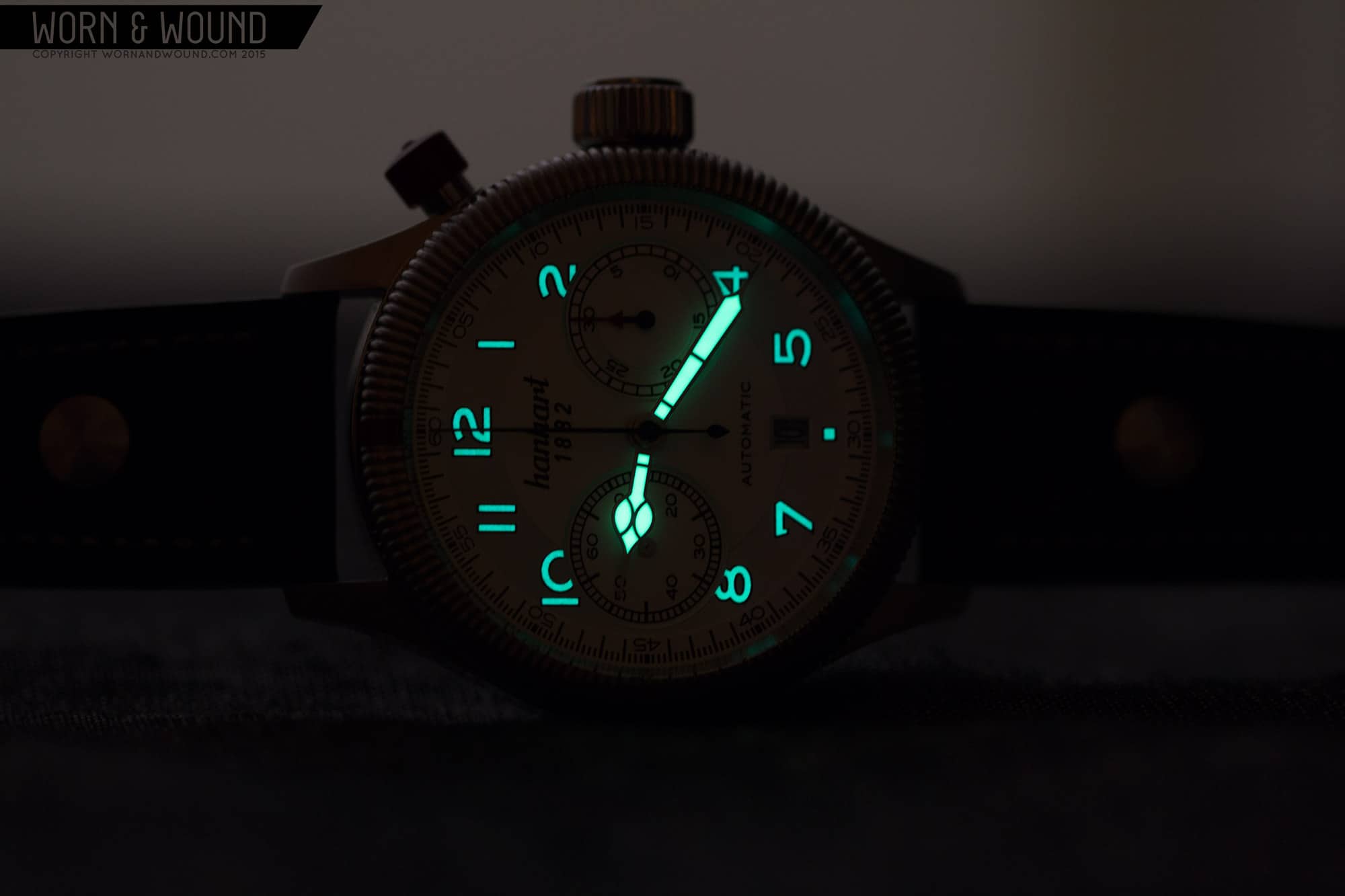


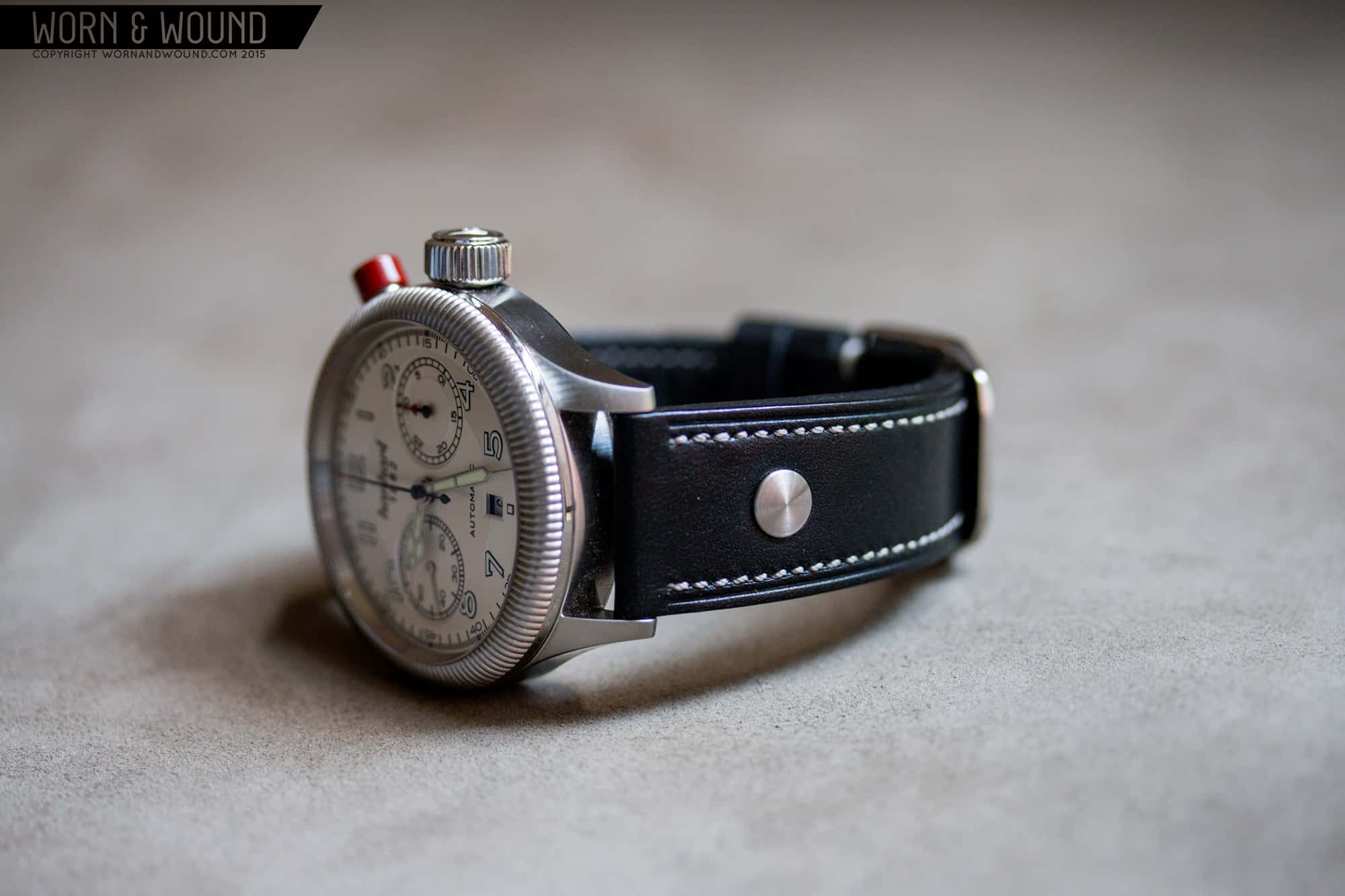


Normally, I don’t really care about chronographs, despite the fact that I have a few really nice ones. But this one!!!!! Wow! I’d own one in a second. From the styling, to the movement, to the single pusher, it’s one of the most compelling chronos on the market. And in today’s world of Johnny-come-latelies, it’s refreshing to encounter a watch with an authentic history. My only gripe is the 21mm lug width. I have several watches with this problem, and it really is ANNOYING when you want to change the strap. None the less, Hanhart is forgiven!
Beautiful. I really like it.
Now make it in 38mm. <42mm watches are for premiership footballers, reality show "stars", and lottery millionaires.
I own a 42mm squale 1521 and I think its perfect size. 42 would be the biggest I’d buy. I think you referring to 45/48mm hublot looking things that people buy as an accessory.
Now this hanhart is pure beauty!
I own the same squale and I’m always amazed at just how small it wears.
You know, I find the ‘size’ monkeys very tiresome. The notion that only certain sizes of watches can be taken seriously is utterly ridiculous… watches – just like absolutely EVERYTHING in life – come in various shapes and colors and sizes. A watch that looks absolutely perfect on the wrist of a 5′-8″ man may not look especially fantastic on someone who is 6′-3″. Furthermore, the smaller (or larger) may not appeal to the person you think it should. To each his/her own…
Nonsense. There’s a rational limit to everything. Otherwise we’d all be wearing wall clocks on our biceps.
Is the similar-at-first-glance relationship of this to a number of Russian watches (looking at you, Buran, as one example) just a coincidence?